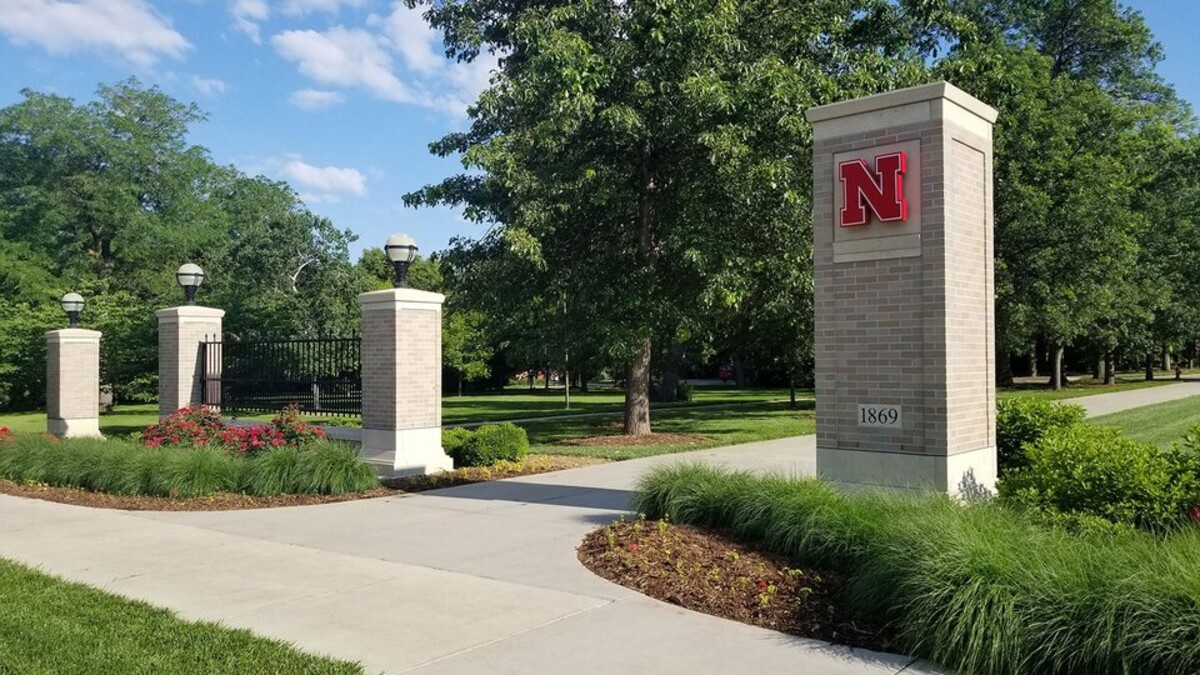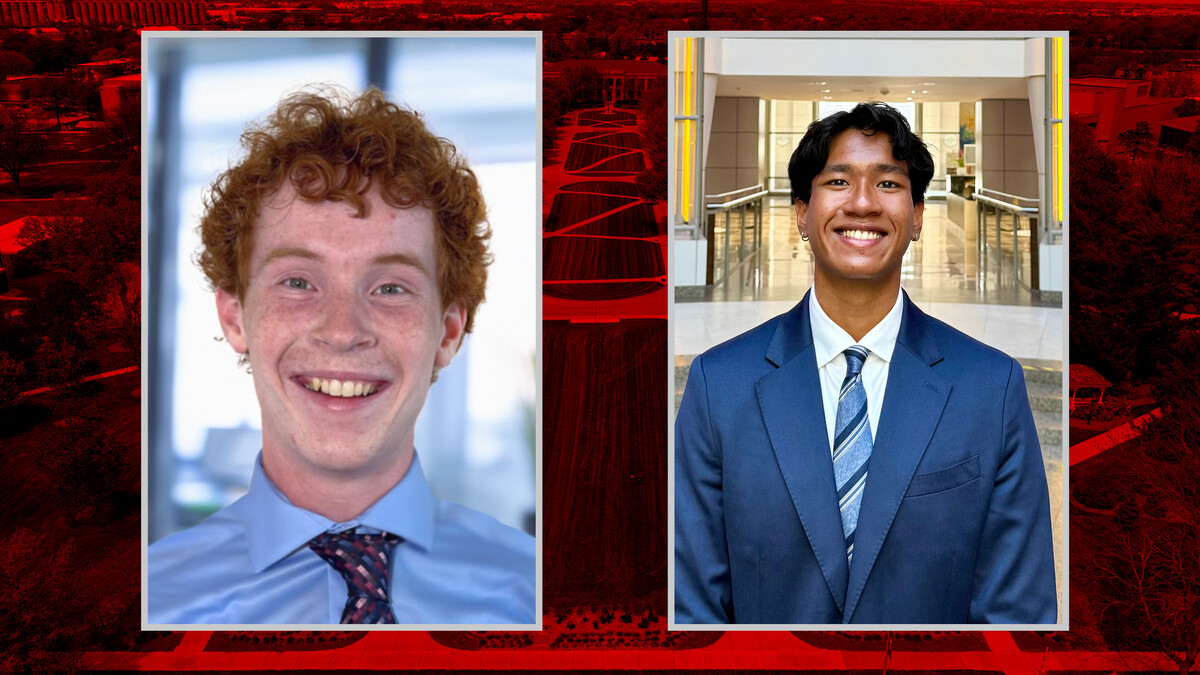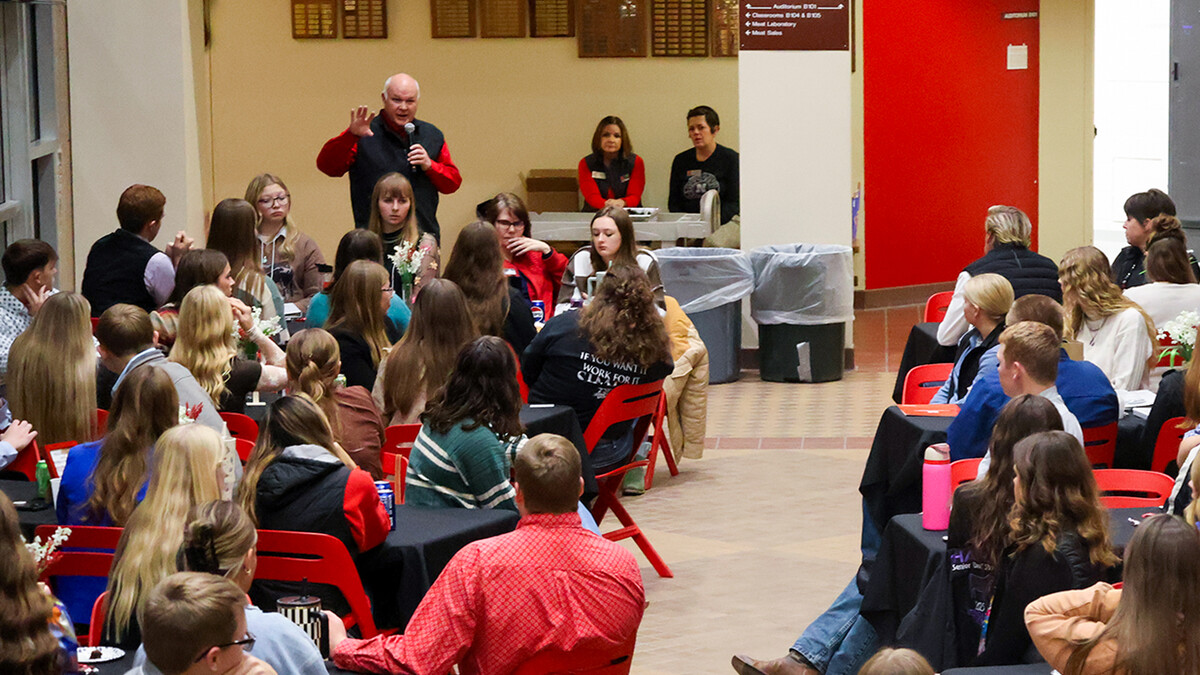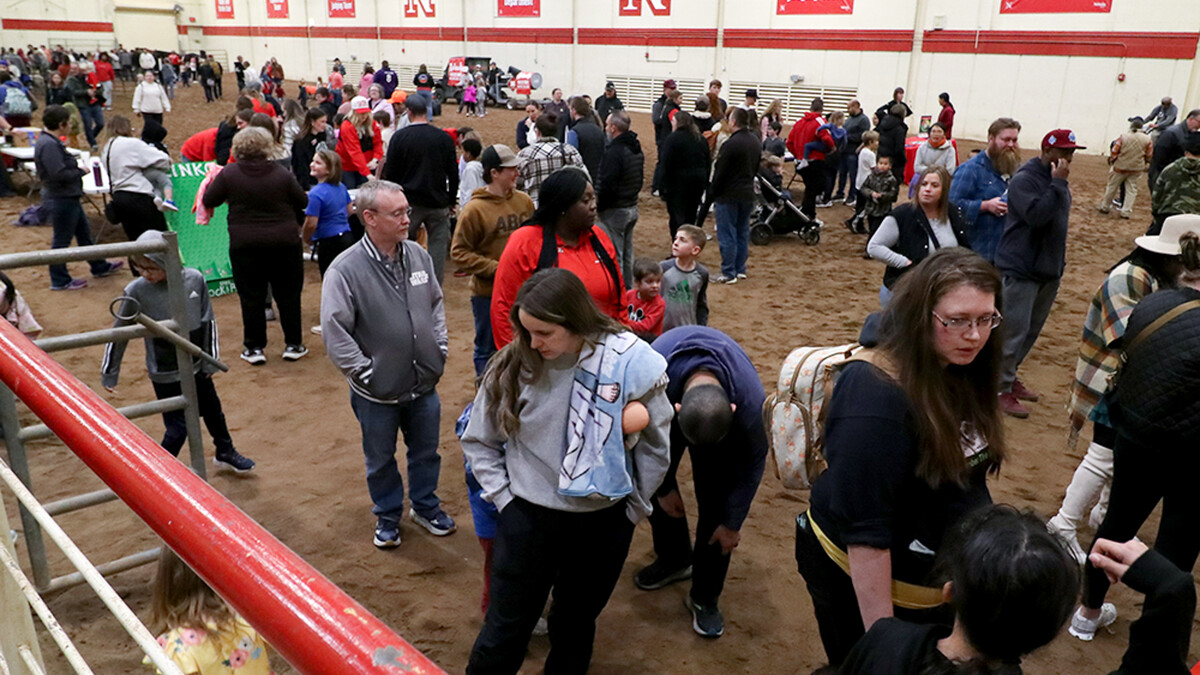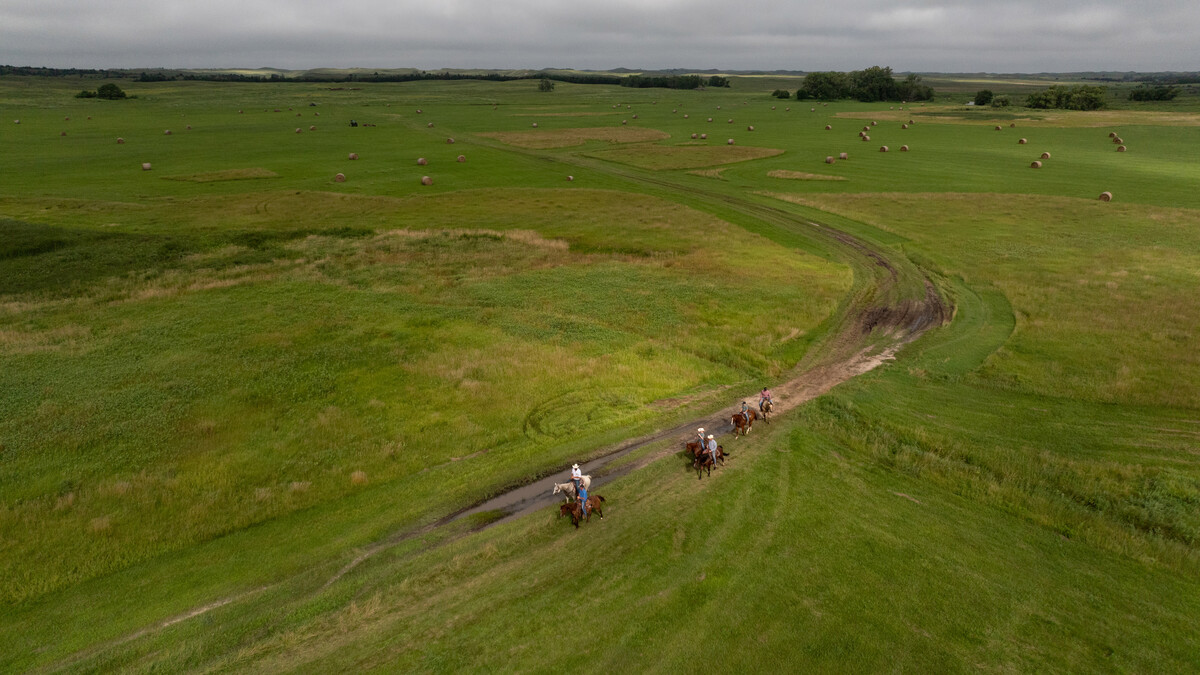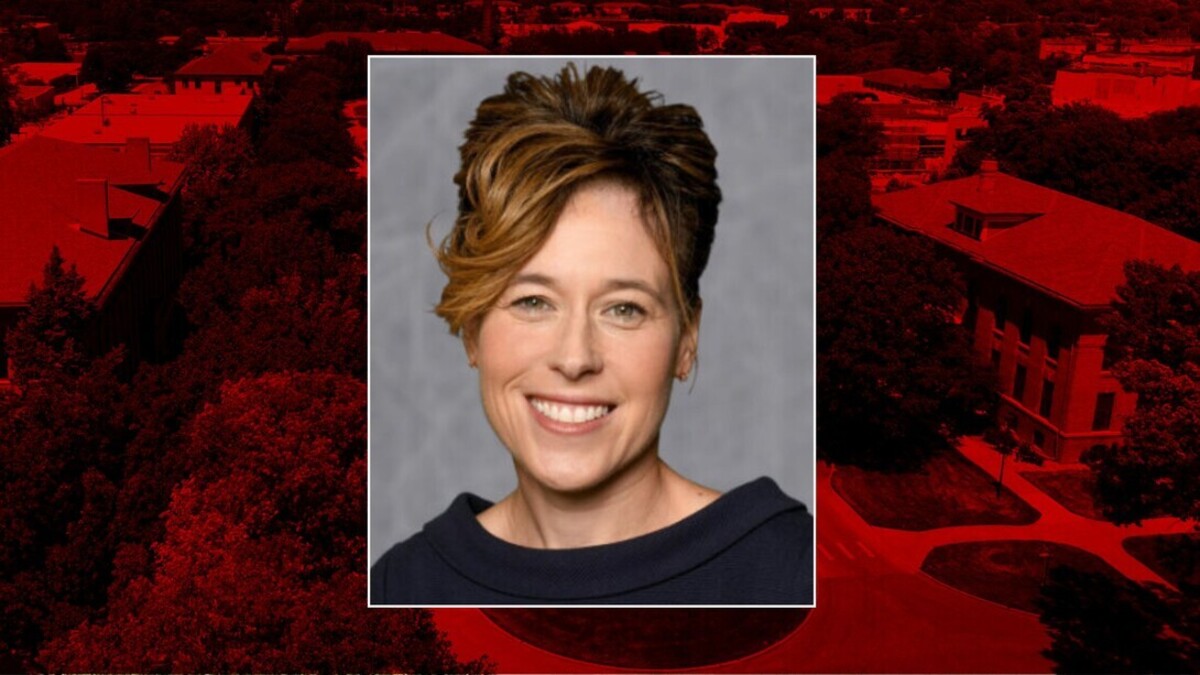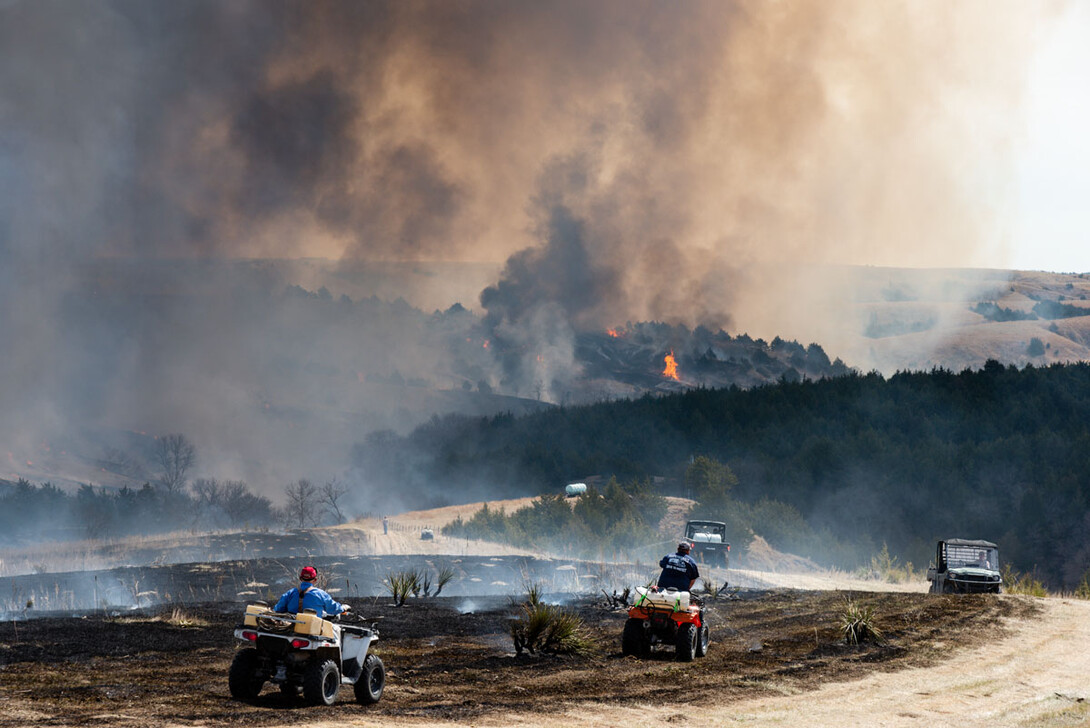
Lincoln, Neb. —Nebraska-Montana EPSCoR researchers reported in the August 2024 issue of People and Nature that ranchers with certain social networks were more likely to burn tree-invaded grasslands than are ranchers seeing the spread on their land.
The researchers based this finding on a 2021 survey of 4,500 Nebraska ranchers about the spread of redcedars in the state. Of the 571 ranchers who responded to the survey, 191 completed its social network portion. Of these latter respondents, 76 percent said they mechanically removed redcedars to manage their land while 30 percent said they used prescribed burning. Some who burned also used mechanical removal.
Holly Nesbitt, the researcher who led on the survey and in reporting findings to the journal, dug deeper into the ranchers’ social networks to see if their connections might influence the choice to use fire or mechanical removal.
She found that ranchers with mostly other ranchers in their social networks were most likely to use fire. At the same time, ranchers with social networks of people in diverse occupations were also likely to use fire.
Occupations fell into six categories on the survey: producer (rancher), scientist or researcher, government agency manager, other conservation professional, farm financier and other. The sixth category, “other,” included all non-ranch and non-conservation related occupations like teacher, retail clerk, pastor, service worker and so on. So, a rancher could have a network filled with “other” contacts, and that network would not be considered diverse occupationally or similar to the rancher. That rancher would be an example of those less likely to use fire.
Another example of a rancher less likely to burn land would be one who has only a few contacts and they all fall in the same category, like being scientists or being conservations professionals.
The study found that ranchers connected mostly to other ranchers had two to nine contacts in their network, averaging four people. They tended to interact often with one another. Ranchers who had occupationally diverse networks (such as maybe including a government agency manager, a conservation professional, a farm financier and some “others”) had one to 15 contacts, averaging six people.
The researchers suggested that the ranchers with mostly other ranchers in their network might be more likely to use prescribed burns because they drew support from that network and could combine efforts to work across all of their land. Ranchers with diverse networks might be more likely to use prescribed burns because they received more information and resources from varied sources.
The researchers found that ranchers with limited social support and access to information were less likely to use prescribed burns, even when redcedar spread was severe.
“What we found was that those social connections in some cases were actually more important than individual perceptions of risk or even what's happening on their own landscape for encouraging behavior that would manage the encroachment,” Nesbitt said.
Invasive redcedars cause many problems, such as reducing the amount of grass for grazing, habitat for grassland wildlife and streamflow and groundwater recharge.
Craig Allen, director of the Nebraska-Montana EPSCoR project, said prescribed burning is currently seen as the most effective way to manage redcedar spread across a large extent of land, as is occurring in the Great Plains. Mechanical removal is socially accepted and frequently used, but it is too expensive and insufficient to address spread on a wide scale, he said.
“If you're doing mechanical removal, you'll have to keep doing mechanical removal unless the source of those trees, which are more mature seed-bearing trees, and the seeds themselves are also addressed,” Allen said. “Fire is much better suited for addressing those, for killing the adult trees and, especially, for controlling young trees as they germinate and the seed bank.”
Ranchers face many barriers to using prescribed burns, including getting permits, overcoming fear and having the skills and equipment to safely manage fire. The researchers suggested the support some networks offer ranchers might ease such barriers.
The researchers found the severity of tree invasion was predictive of mechanical removal but not prescribed burning in the study.
Surveyed ranchers with large operations or more diverse income streams were less likely to use mechanical removal. EPSCoR researchers said this might be due to lack of time (especially for those with off-ranch jobs), labor help, and funds to deal with rising costs.
Nesbitt said those wanting to encourage prescribed burning can see through this study the importance of social networks. She said the study points to two groups of ranchers they could try to connect with, those with rancher networks and those with occupationally diverse networks.
She suggested they could leverage those social connections in their communications work rather than just communicating about the risks of redcedar invasion and of a shift to woodland.
“It would seem it would be more effective than trying to get people to understand their risk, because they do understand their risk and it's not necessarily what's driving their behavior,” she said.
Read the full article on this EPSCoR research at Social networks and transformative behaviours in a grassland social‐ecological system - Nesbitt - People and Nature - Wiley Online Library. EPSCoR is the National Science Foundation’s Established Program to Stimulate Competitive Research in 25 states and Puerto Rico, Guam and the Virgin Islands.

